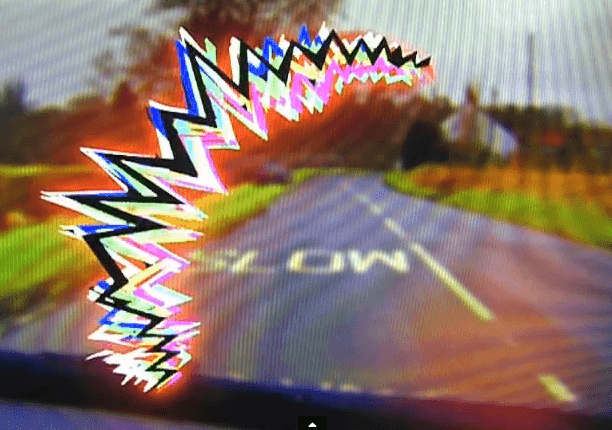

It has been shown that patients with migraine aura have a slightly increased risk of having a stroke. If the aura symptoms are frequent and disturb your life significantly, preventive medications can be used to reduce the frequency and duration of the aura attacks – speak to your GP or book a consultation with an expert at the National Migraine Centre. Triptan medications are not usually effective during the aura phase, but some people find that aspirin can be helpful. How do you treat migraine aura?įortunately, most aura symptoms last for a short period of time. You can read more about motor aura in our factsheet on hemiplegic migraine. Many patients with this type of aura have other members in the family who experience similar symptoms, although it can also occur without a family history. Motor aura, linked to hemiplegic migraine, is a much rarer form of aura and consists of weakness in parts of the body. You can find out more about this type of migraine in our factsheet. Speech and language can also be affected, making it difficult to find the right words or leading to slurred speech.Īnother form of sensory aura is found in vestibular migraine, where a feeling of dizziness or vertigo is experienced. For example, if the feeling starts in the hand, it may move up the arm and not involve the entire limb all at the same time. Usually, patients can note the progression of symptoms as they start in one part of the body and move up or down. This can be in the form of tingling (‘pins and needles’) or numbness (a dead feeling in part of a limb). While retinal migraine is not usually a sign of anything serious, it’s important to speak to a GP or optometrist. Migraine with aura generally affects both eyes. Sometimes after these symptoms go away, there may be temporary dark holes in the vision where patients are not able to see (scotoma).Īn ocular migraine, more commonly now referred to as a retinal migraine, is not the same as migraine with aura and refers to short periods (between around five and 20 minutes) of visual disturbances or blindness that affects one eye only. Visual aura generally lasts between five and 60 minutes in a typical patient, although some patients may have persistent visual symptoms. If the symptoms are stationary, for example flashing spots or zigzags which do not move or grow in size, they are less likely to represent migraine aura. The symptoms usually change in shape, size and location. Some people notice a blurring or a dark spot in the centre of their vision. Patients may also see sparkling, flashing or diamond-shaped lights, which some people liken to looking into a kaleidoscope. Visual aura can take many forms but, typically, patients see a zig-zag line starting on one side which moves across the field of vision before fading away. The symptoms can be quite alarming, with patients often and understandably feeling worried when they experience them for the first time. This is the most common and well-studied type of aura.


While you are experiencing aura, always avoid any activities that you feel may be dangerous. They can also be sequential, such as starting with visual disturbances, followed by a tingling sensation in the limbs and face, before causing speech difficulties. Aura symptoms typically occur before the headache phase begins, although a small number of people will experience aura without a headache occurring at all (acephalgic migraine).Īura symptoms can be visual, sensory or may even affect your strength. One common symptom that can be alarming is the ‘aura’, which affects around a quarter of people with migraine. Many of those affected will experience one or more of the other symptoms that can occur at any point during the attack. Migraine is so much more than just a headache. Recognising and treating migraine with aura What is the aura?


 0 kommentar(er)
0 kommentar(er)
